|
F
L
Y
R
O
D
S
|
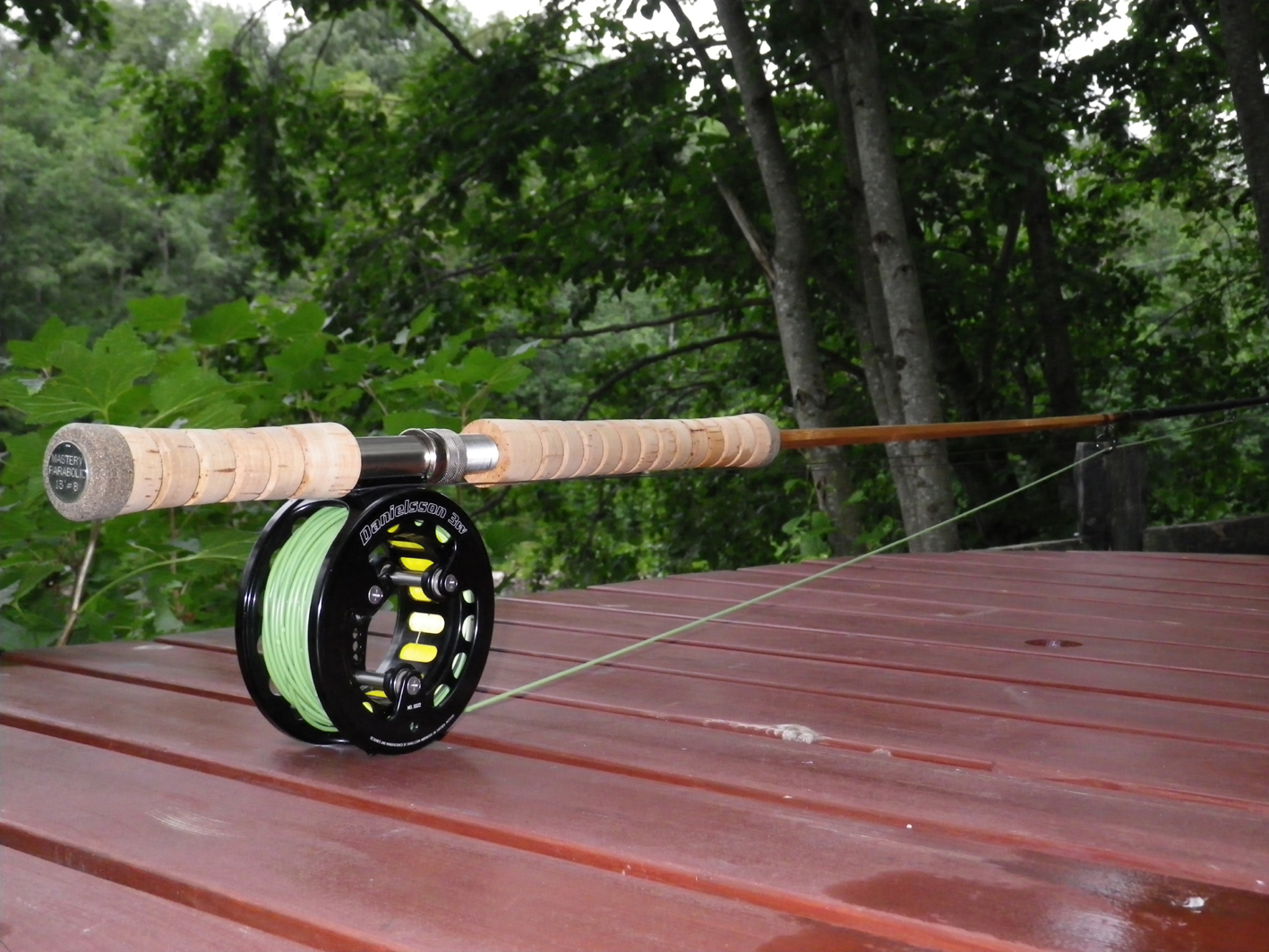
Early in my
career as a fly fisherman, I was lucky enough to try out one
of
Kenneth Bostöms famous Rackelhane rods; in 1986 I bought my
first. This rod have been the first option for big brown trout
on 8 trips to New Zealand (1987-1997) and still is my number
one rod when fishing in Norway for trout and grayling.
Today I make my own rods connected to Kenneth's philosophy;
one third cane(trout grass) the rest graphite. I build rods
from 7' to 13' salmon rods. Below pictures are from
spectacular salmon fishing in river Orkla June/July 2009, where my 12'6"
certainly was put to the test! The most pleasurable casting, best
rods for thin leader tippets and the most effective fighting
of fish, has always been the trademark of parabolic rods

Look what
one of Europe's most experienced splitcane rod builders, Carl
Anderberg, says:
"The word “parabolic” itself derives from the fact that the
bending curve is reversed in comparison to standard action
rods.
That is, most of the bending is forwarded to the butt instead
of gradually increasing the bending from the tip, like in a
“progressive” rod for instance.
This bending allows for interesting features:
The rod will respond quickly to the slightest movement and
offer a maximum of leverage. So, you are able to start up
casting with little effort and still get enough thrust on the
line.
As the rod “kicks back“ from a very low point and transfer it
to the tip via a stiff center it will exert an impact on the
line well after the caster has made his push. You get the
feeling of an almost dynamic effect, which compared to common
tapers seems to accelerate (of course it doesn’t). This thrust
over a longer time is a great benefit; it helps to push the
line through the wind and permits an easy line lift as well as
smoothen out bad timing. False casting is reduced to just a
few strokes as the rod works on the line next to continuously.

As a parabolic responds so easily it isn’t finicky about
line weights (three or more line weights can be used) and
consequently it will respond to a short line as well as to a
long one.
It will cast with authority over all practical distances and
be gentle on tippets at that.
Maybe all this gets you think a parabolic must be slow. Well
,You can throw a very slow line and let the line hover over
the water but also speed up the line for a fast delivery; You
can reach maximum distances in three strokes.
All parabolic rods have one feature in common, the low butt
power zone and the stiff center. But they don´t need to be all
alike. "
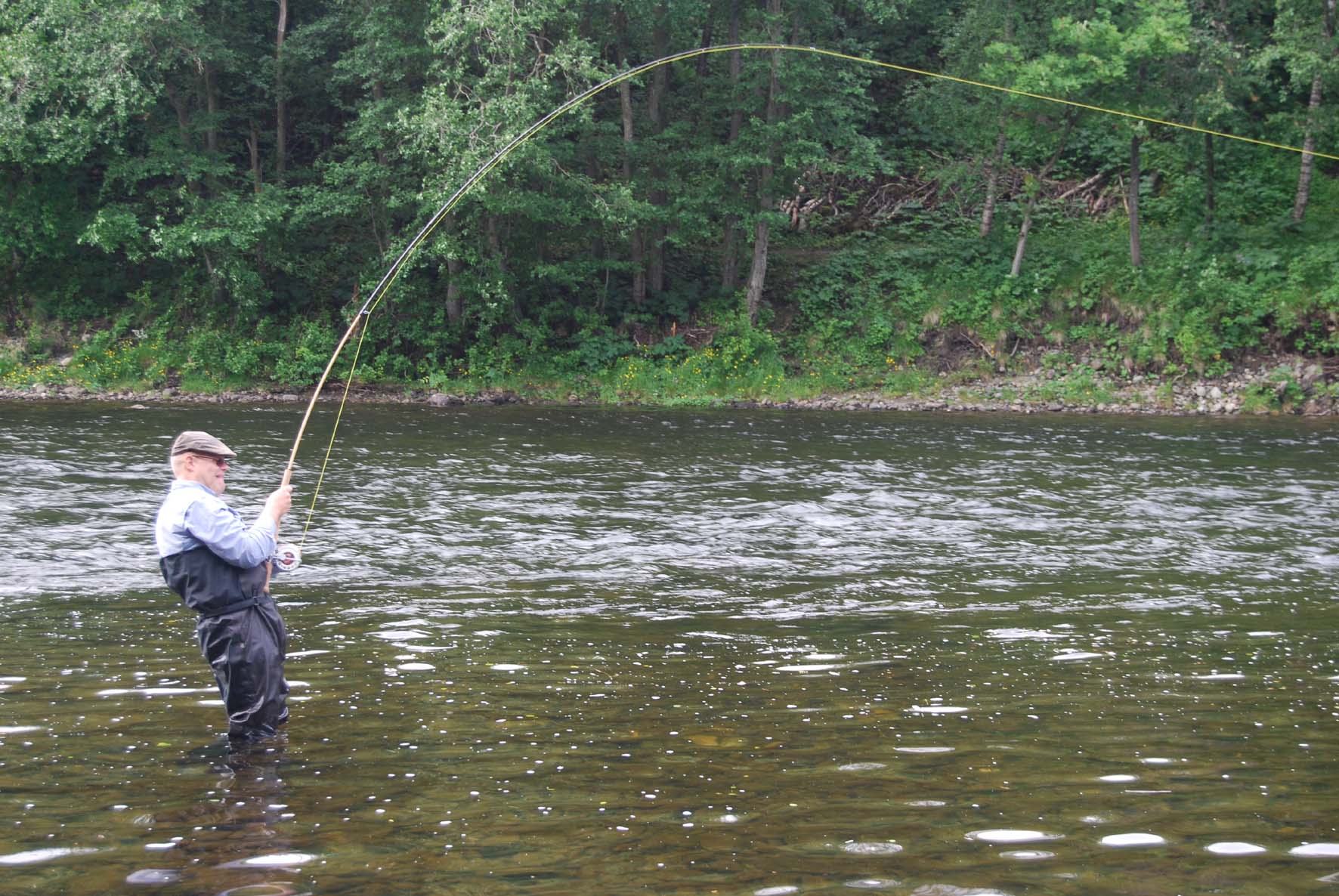
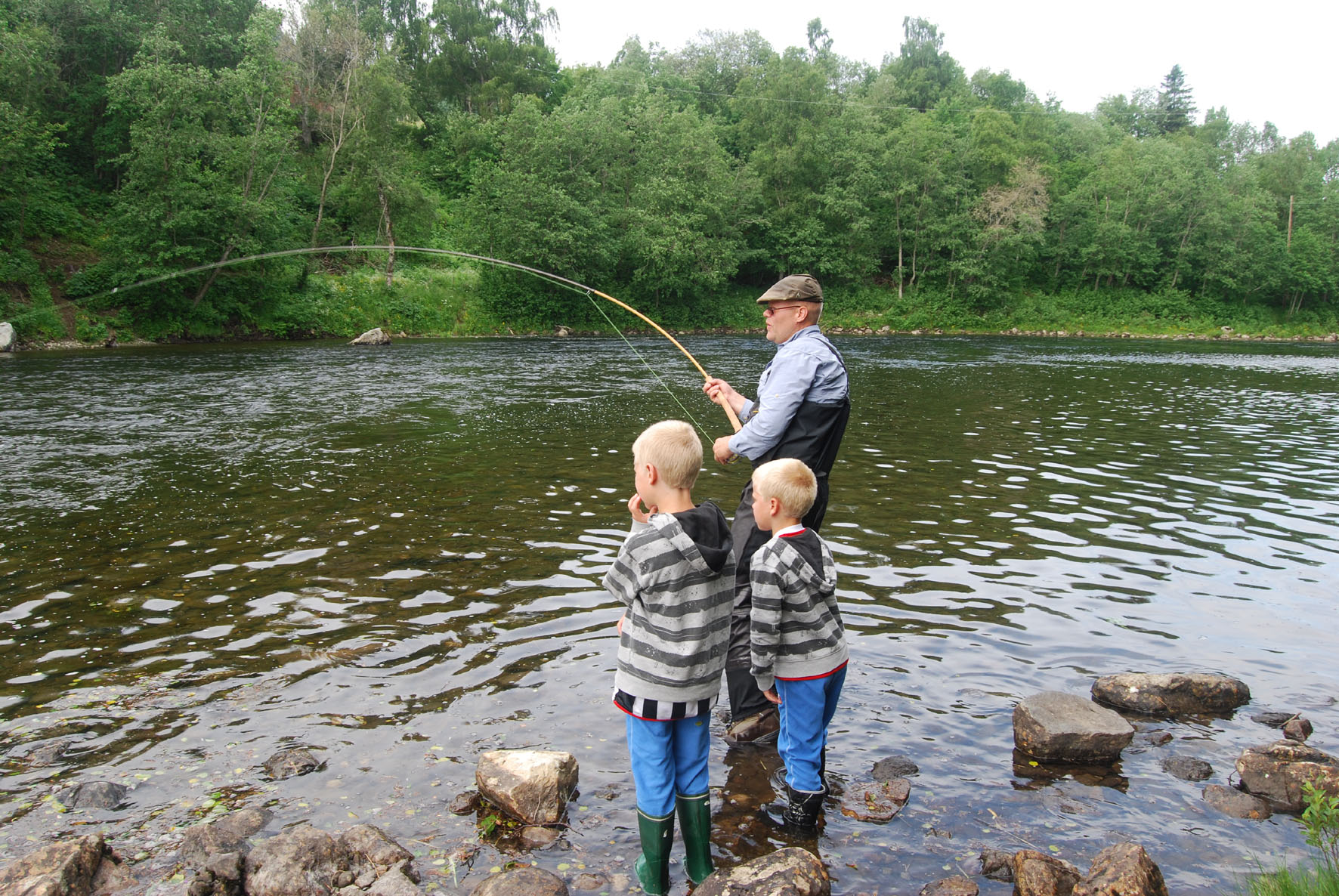
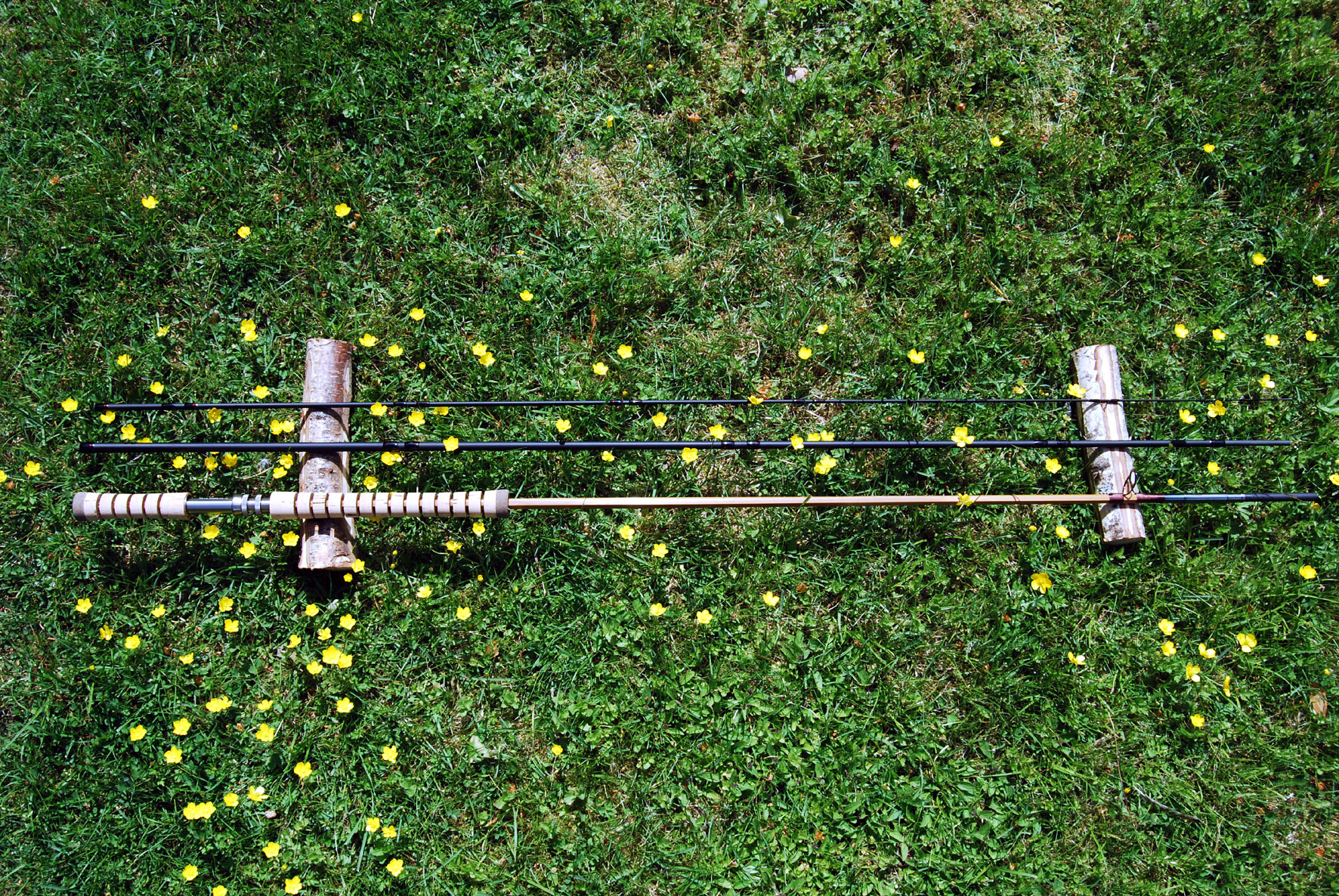
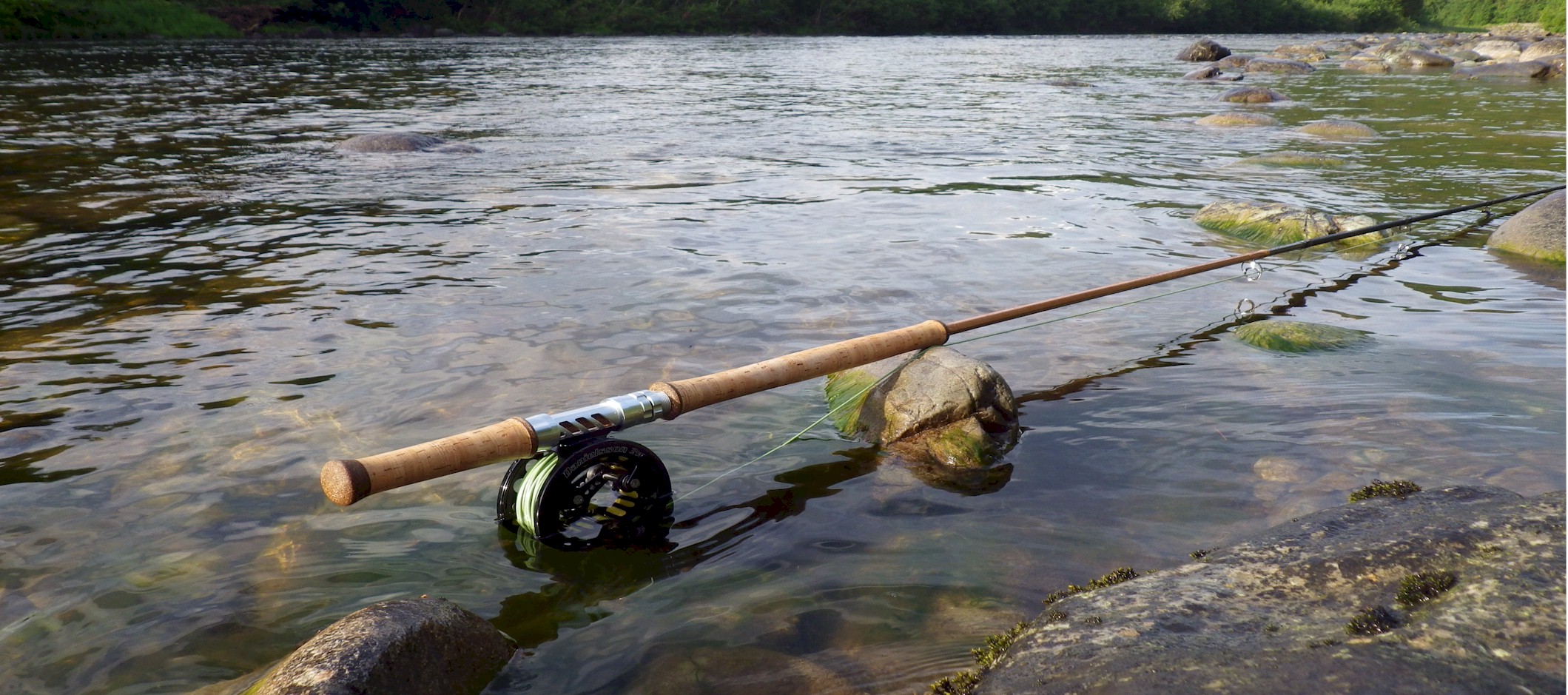
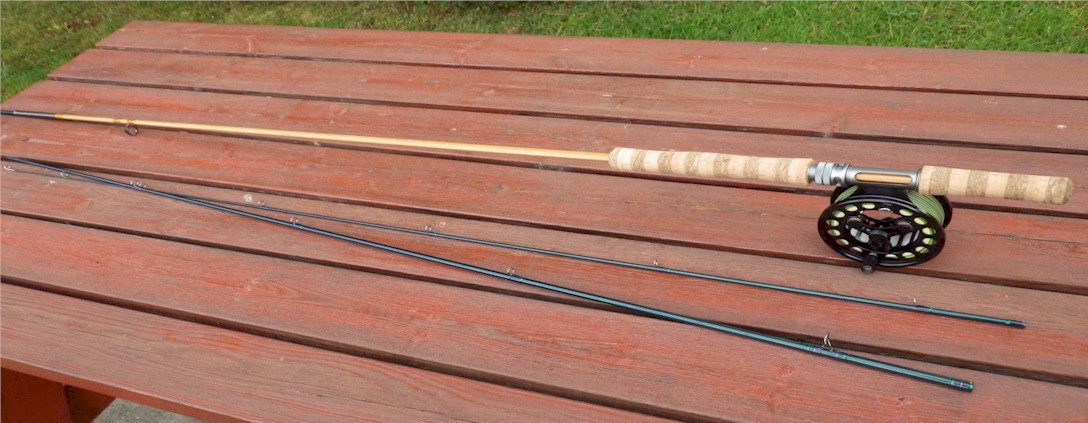
Excellent splitcane
parabolic fly rod blanks:
http://www.chapmanblanks.co.uk/
Here is some images of Paul Young
original concept of parabolic one hand rods:


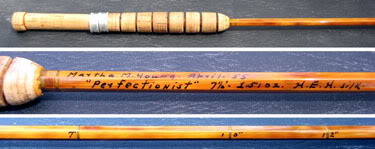 |